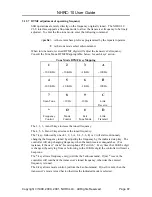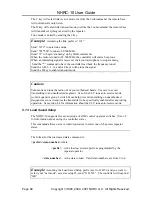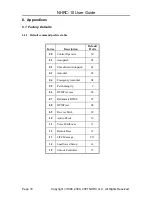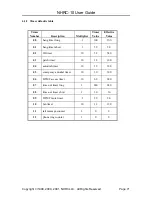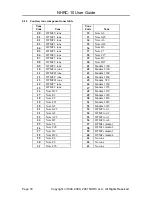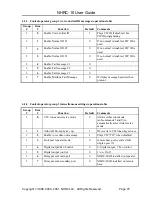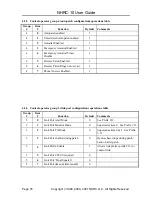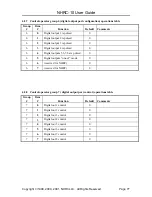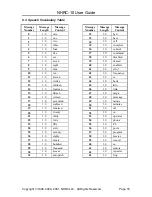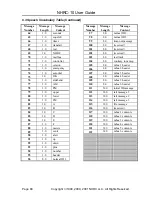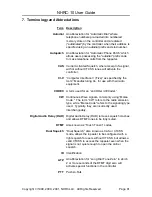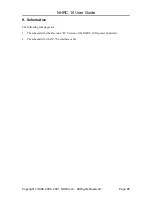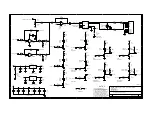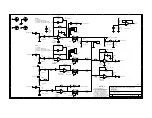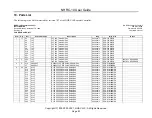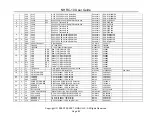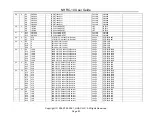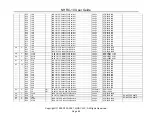
NHRC-10 User Guide
Copyright
1999, 2000, 2001, NHRC LLC. All Rights Reserved.
Page 81
7. Terminology and Abbreviations
Term Description
Autodial
An abbreviation for “Automatic Dial” where
telephone numbers pre-loaded into numbered
memory slots on the controller and are dialed
(“autodialed”) by the controller when their address is
specified using an autodial prefix and slot-number.
Autopatch
An abbreviation for “Automatic Phone Patch” which
allows users possessing the “autodial” prefix code
to make telephone calls from the repeater.
CAS
Carrier Activated Squelch, where receipt of a signal,
with or without CTCSS tones will activate the
controller.
CI-V
“Computer Interrface V (Five)” as specified by the
Icom
Manufacturing Co. for use with their radio
equipment.
CODEC
A term used for an “enCODer / dECoder.”
CW
Continuous Wave signals, commonly using “Morse
Code.” The term “CW” refers to the radio emission
type, while “Morse Code” refers to the signaling type
used. Typically, they are incorrectly used
interchangeably.
Digital Audio Delay (DAD)
Digital Audio Delay (DAD) removes squelch crashes
and allows DTMF tones to be fully muted.
DTMF
Also known as “Touch Tone
” codes.
Dual Squelch
“Dual Squelch,” also known as CAS or CTCSS
mode, allows the repeater to be configured with a
tight squelch for users without CTCSS, but allows a
valid CTCSS to access the repeater even when the
signal is not quiet enough to open the carrier
squelch.
ID
Identification
LiTZ
An abbreviation for “Long Dial Tone Zero” in which
2 or more seconds of the DTMF digit zero will
activate special functions in the controller.
PTT
Push-to-Talk

